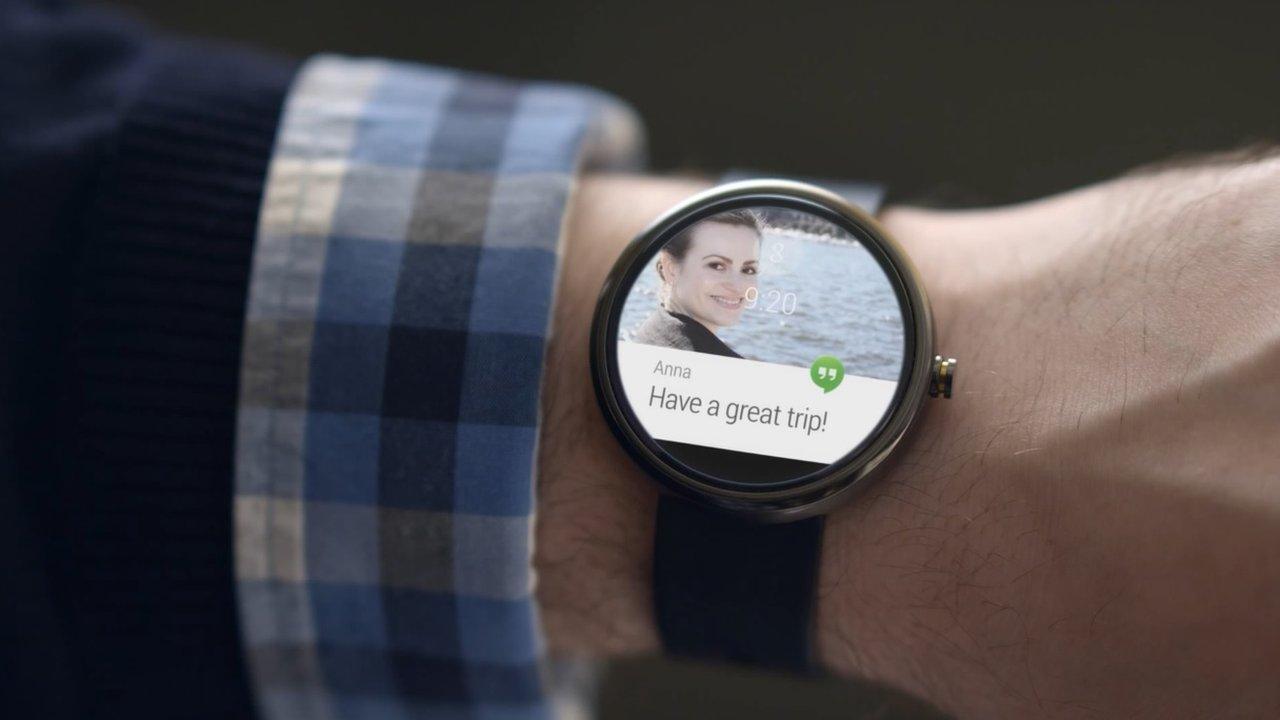Samsung reveals Simband and Sami health platform
- Published
Samsung has unveiled a prototype wristband that can be fitted with third-party sensors to gather a range of health data about the wearer's body.
Samsung has unveiled a prototype wristband that can be fitted with third-party sensors to gather a range of health data about the wearer's body.
It also discussed plans to store and share the information to offer insights to both the user and researchers.
The Simband device and Sami (Samsung Architecture Multimedia Interactions) platform were announced at a press event held in San Francisco.
One expert said their fate might depend on the quality of data gathered.
Samsung discussed being able to take precise readings for heart rate, blood flow, respiration, galvanic skin response, hydration, and gas and glucose concentrations in the blood among other body readings, as well as data about substances carried in the surrounding air - all on a device no bigger than existing smartwatches.
Dr Aiden Doherty, a senior health researcher at the University of Oxford, noted that experts currently required more bulky, costly equipment to do this reliably.

Samsung suggested Sami be used to present simple insights into the wearer's health
"There's a tension because medical devices have to undergo rigorous checks while consumer devices don't," he told the BBC.
"For any company or university or health researcher the number one thing is that a device provides accurate output, otherwise inaccurate data would mean our insights would be inaccurate too."
Health data custodian
The South Korean firm has teamed up with Imec - a nanoelectronics research centre based in Belgium - the University of California, San Francisco, and software firm TicTrac to create the digital health initiative.
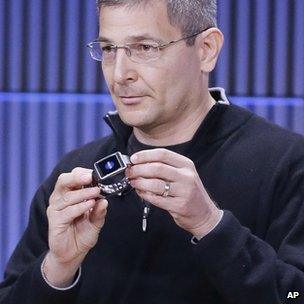
Samsung said that users would not need to take the wristband off to recharge it
Samsung Electronic's chief strategy officer Young Sohn noted that the idea would only come to fruition if "we all work together as one", signalling the firm's need for other health and tech professionals to take part if Sami was to become an industry standard.
To that end, it promised it would have a "beta" version of both the Simband and APIs (application program interfaces) for the cloud-based Sami data repository available by the end of the year, so that other developers could test ways to use them to collect and share data.
Many company watchers noted that the announcement appeared shortly before Apple's developers conference, which begins on Monday. The iPhone-maker is known to have recruited several health sensor researchers of its own over recent years, and there is speculation it will detail plans for its own health data platform.
Although Samsung made clear that users would have control over how data was shared and described Sami as a "custodian", it is well aware of the potential profits the health sector holds. The firm noted itself at the event that $6.5 trillion (£3.9tn) was currently spent a year on global healthcare.
The consultancy firm IHS Technology recently forecast that the global market for fitness, sports and activity monitors would rise from $1.9bn last year to $2.8bn in 2018.
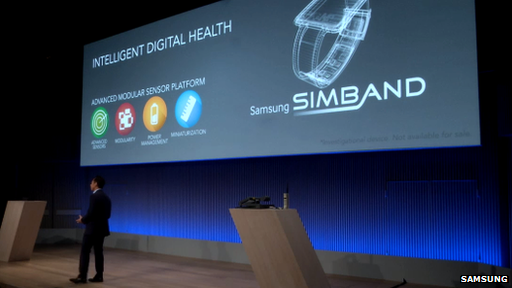
Samsung said it hoped to have a beta device available by the end of the year
But Carolina Milanesi, chief of research at Kantar Worldpanel ComTech suggested that sum would be bolstered by the value of add-on services.
"The platform behind the actual Simband shows that Samsung want to be a key player in the internet of things and big data game, possibly signalling that going forward Samsung wants to be more like Google than Apple," she said.
Google has also unveiled its own concept wearable this year - a "smart contact lens" that measures glucose levels.
Clip-on recharger
Other details revealed at Samsung's event included a plan to include wi-fi and Bluetooth connectivity in the Simband device.
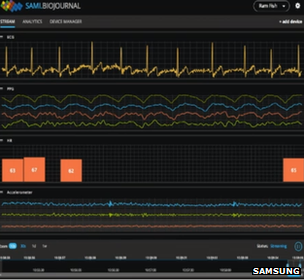
Samsung said it was working on APIs so that third-parties could access the data gathered
To avoid a repeat of criticism levelled against its existing smartwatches, Samsung suggested that a magnetic battery charger could be attached to the device while the wearer slept, to avoid them having to take it off at night.
It also suggested one possible way of presenting the data would be to offer a "wellness score" as a simple percentage read-out that would indicate the extent to which the wristband's owner was taking care of themself.
In addition, Samsung announced it would create a $50m fund that would be awarded to participants in its new Digital Health Challenge, intended to spur on development of new sensors and software.
The firm promised to reveal more about the project at its annual developers conference, which last year took place in October.
- Published26 March 2014
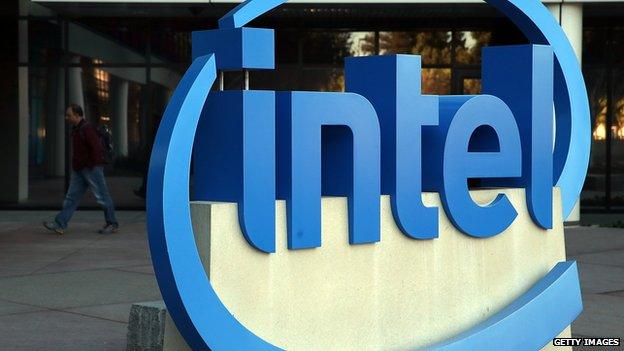
- Published17 January 2014
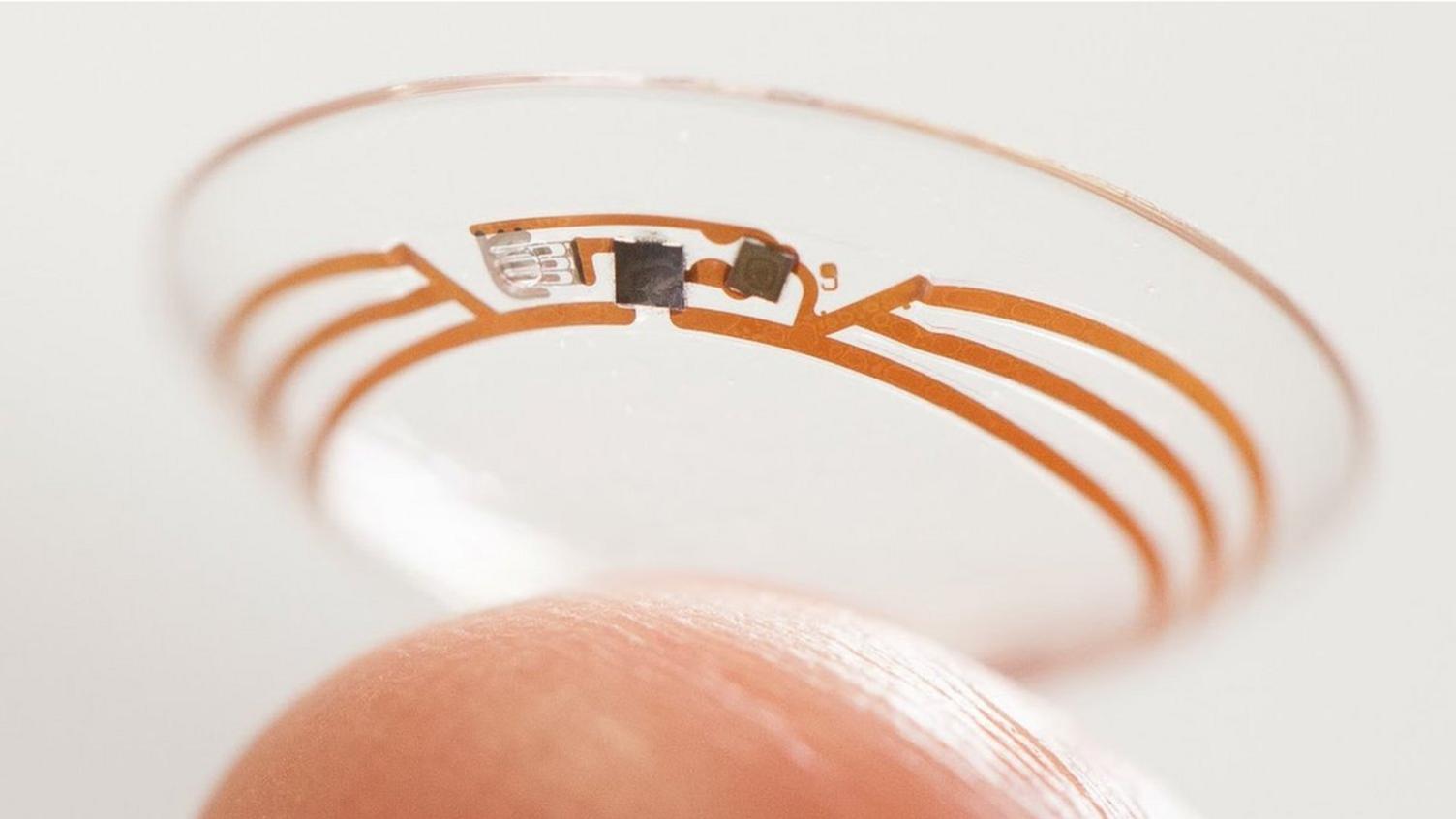
- Published18 March 2014
